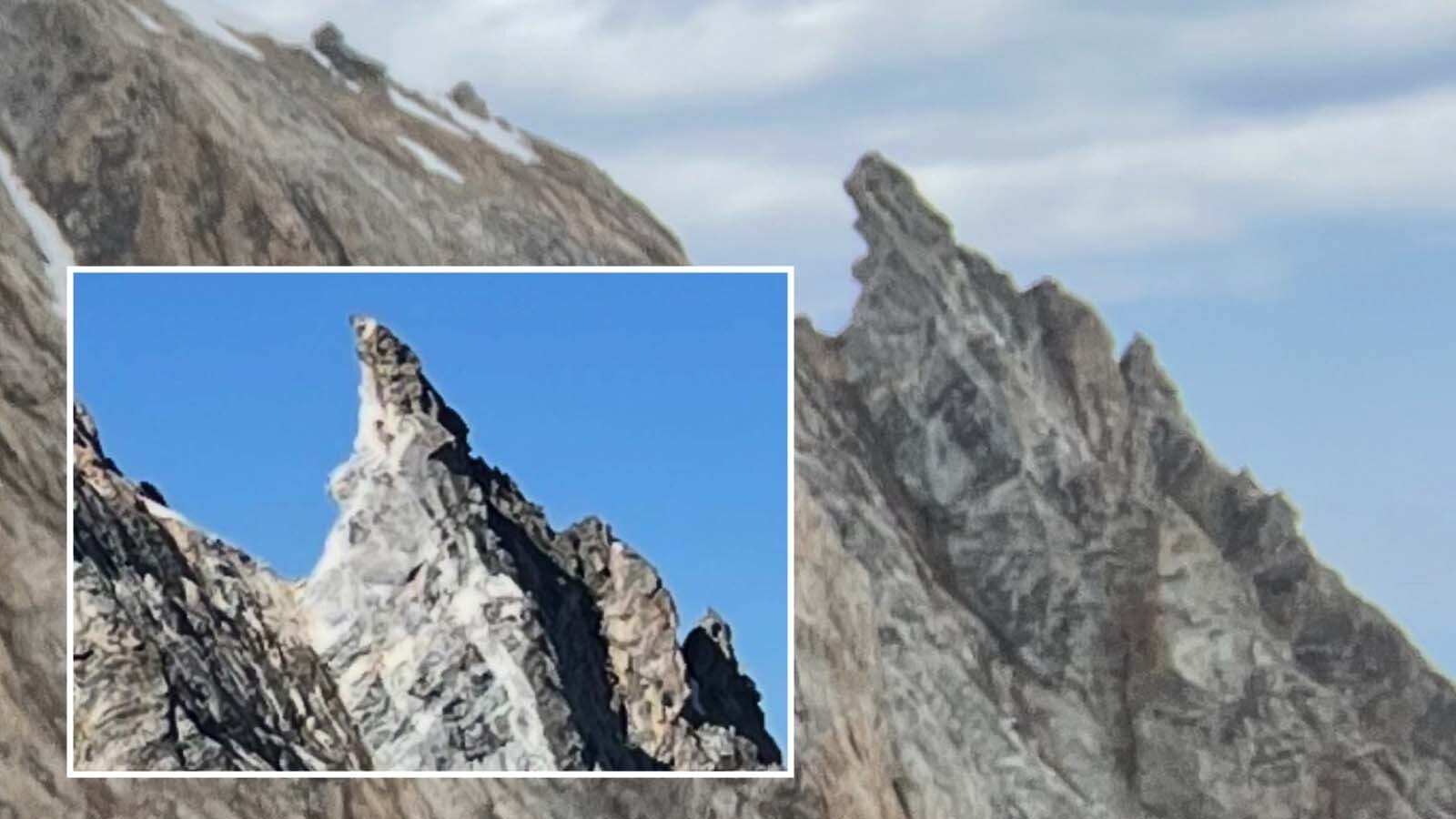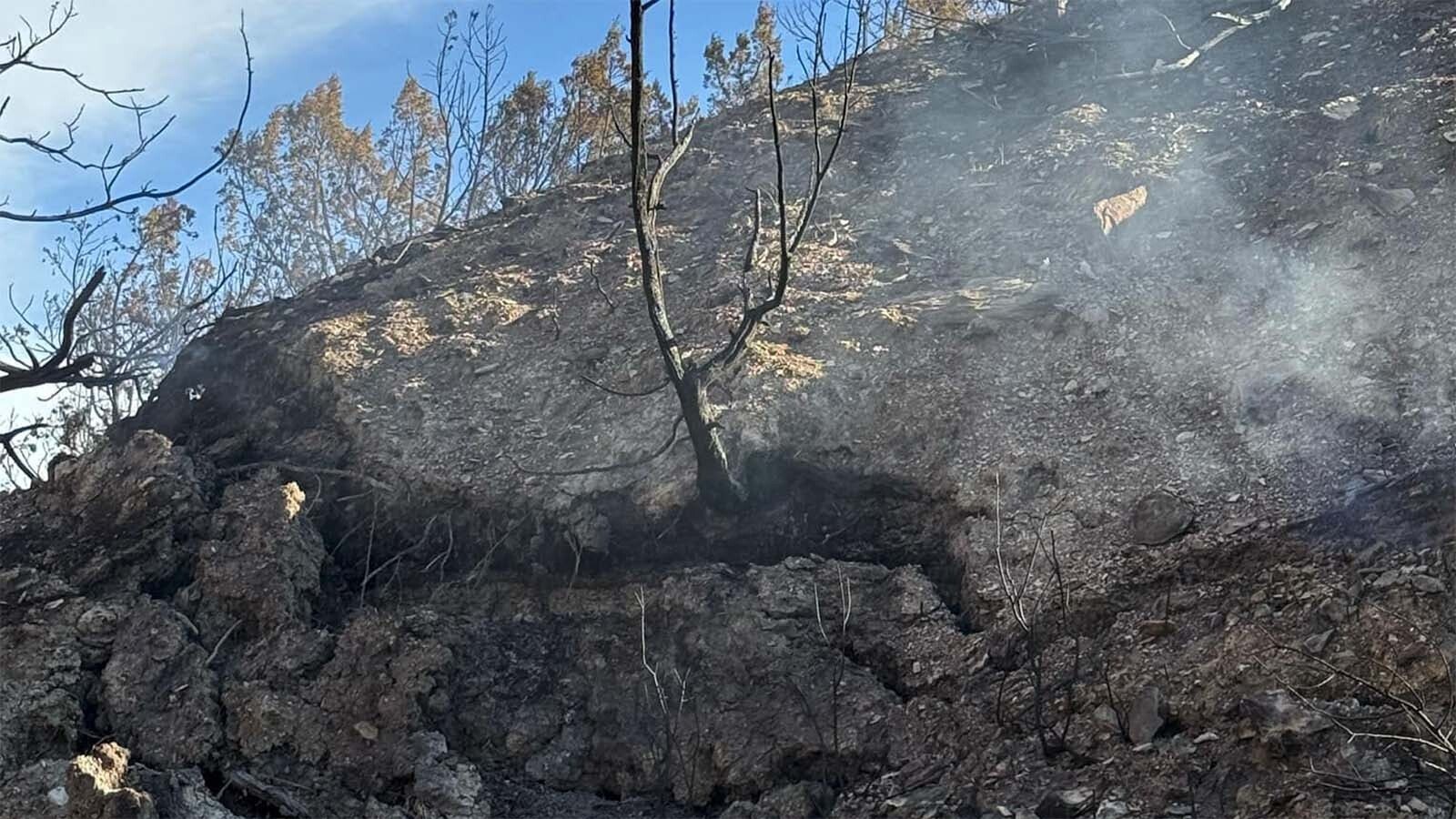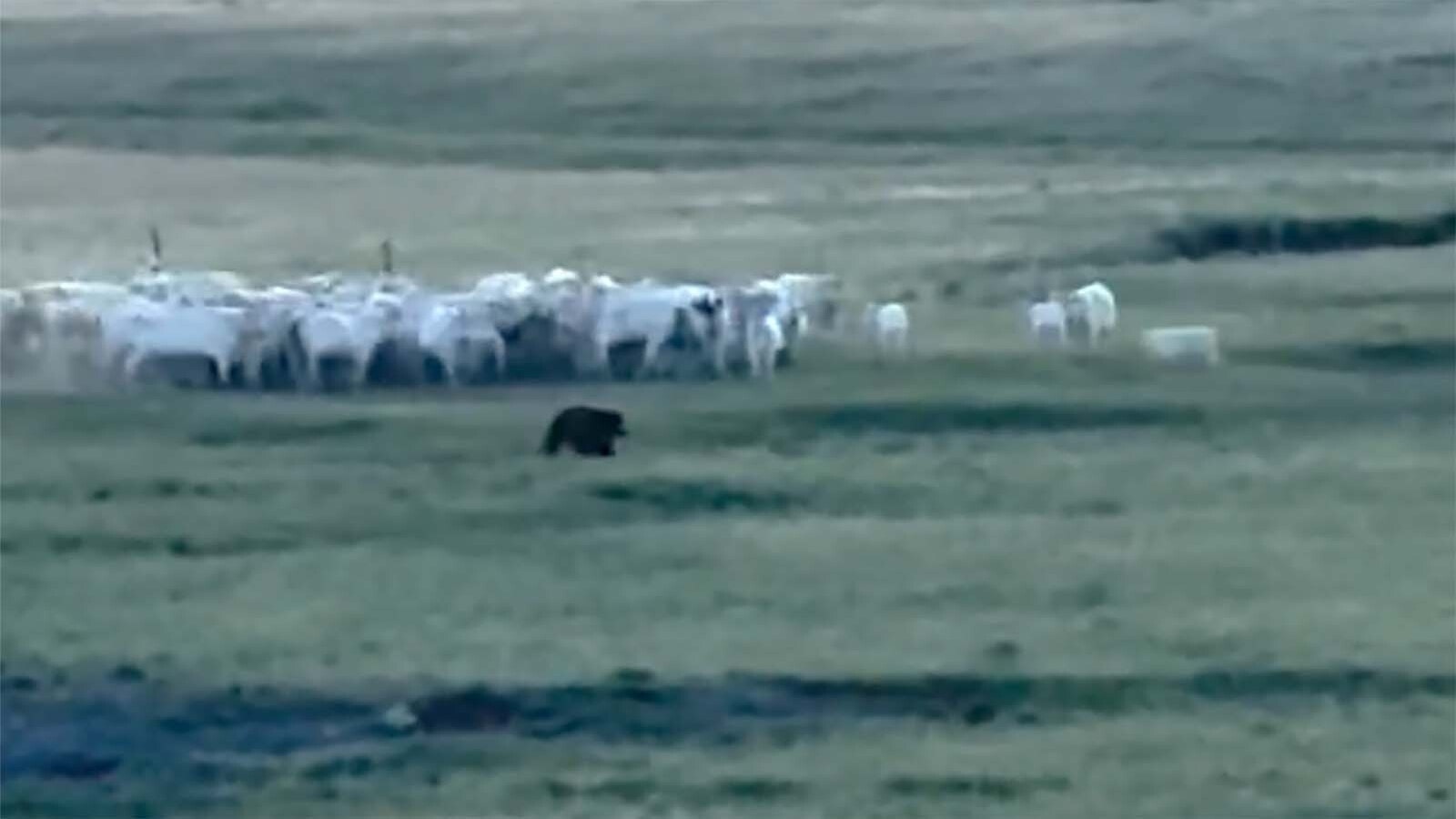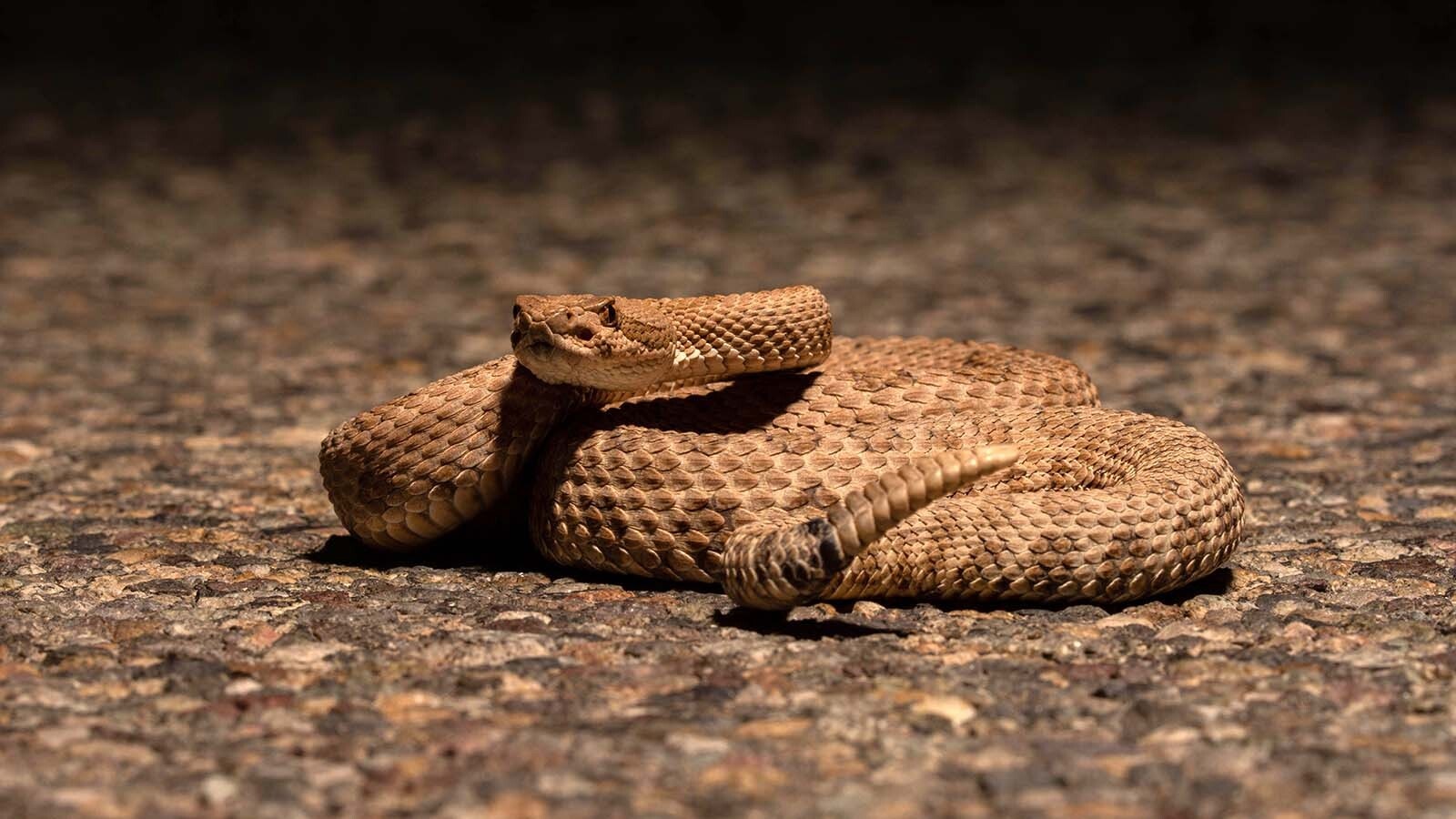Wolves and grizzly bears continue to expand their territories across Wyoming, Montana, Idaho and a few other states, and although an effort to encourage bison to do the same is underway, the specifics are being kept under wraps.
A Montana congressman is calling for transparency regarding an effort to expand bison numbers on public lands in the West.
Through the Inflation Reduction Act, the Biden administration in March allocated $25 million to the U.S. Department of Interior to explore restoration of bison over an undefined region of the northern plains.
That came in concert with a Department of the Interior announcement dated March 3 that loosely spells out the broad intent to restore bison and prairie grassland ecosystems. But in the months since, mum's the word from the department on its progress.
The relaxed level of communication on the matter prompted Montana Congressman Matthew Rosendale last week to send a letter to Interior Secretary Deb Haaland seeking minutes from meetings, meeting schedules, participant lists, agendas, a list of groups that provided input, a list of invited participants and a written statement on why the meetings are not open to the public.
Congressman Rosendale also asked for a response to his request by Monday.
Livestock, Rural Interests Left Out
The March Interior announcement states numerous federal agencies are involved in the planning process with "robust engagement" from Native American tribes.
The fact that livestock and rural communities have so far been left out of the process is cause for concern, according to officials who represent those interests.
Jim Magagna, executive vice president of the Wyoming Stockgrowers Association, called the lack of information "alarming" during an interview with Cowboy State Daily on Monday.
Former Montana State Veterinarian Martin Zaluski said all affected stakeholders deserve to be part of the conversation on a controversial matter like restoring bison to areas around the West.
Bison, like no other species, have been central to the land management and politics of the West since the early 1800s. Written accounts describe wagon trains waiting two hours for a herd to pass or later after the railroads were established, miles of bleached bison bones covering the prairies.
Bison were hunted to near extinction by market hunters who were encouraged to do so by the U.S. government in its effort to force the plains tribes onto reservations.
Rewilding Underway In Central Montana
The American Prairie Reserve is a 3.2 million-acre section of private ranch land and public land in north-central Montana. The reserve is focused on restoring and preserving the natural prairie and about 1,000 bison now graze there.
The reserve is fenced to keep the bison from roaming too far and the reserve claims if the animals needs are met they don't attempt to escape.
The reserve, along with several conservation groups, champion the concept of rewilding, which is a conservation effort to restore biodiversity by protecting core wild areas, providing connectivity between such areas and reintroducing apex predators.
Magagna said rewilding means turning the clock back by 200 years.
"Rewilding fits the agenda of those who want to get rid of grazing and create this vision of what the West was like before Europeans arrived," he said. "We don't think it's realistic to think that can be accomplished on a broad scale."
Magagna said the American Prairie Reserve is embroiled in a lawsuit brought by Montana livestock interests that are challenging the transfer of grazing permits to bison. Central to the lawsuit is the livestock interests contention that grazing permits were developed for cows, sheep and horses, not bison.
He added that rewilding is not an obtuse concept. It's a threat in Wyoming and all over the West's rural counties where livestock production is an important economic driver.
He cited last week's release of the Rock Springs Bureau of Land Management resource management plan that intends to create 1.8 million new acres of areas of critical environmental concern could be used to place limits on livestock grazing.
That resource management plan also was called out as detrimental to oil and gas leasing on federal land.
Neglecting Livestock Interests
The BLM's April announcement to accept public comment on a proposal to allow conservation groups to lease public land and compete with grazing interests is another serious concern for livestock interests and appears connected to the concept of rewilding.
Zaluski, who served as Montana's state veterinarian for 16 years, said by neglecting the livestock community, the Interior Department has set the table for a tumultuous launch of the plan to reintroduce bison.
Although bison in Yellowstone National Park carry brucellosis, a disease that causes ungulates to abort, it shouldn't be a concern with a reintroduction effort elsewhere, he said, because the animals can be tested. The same is true for other diseases that can be passed from livestock to bison.
"Bison don't behave like deer, elk or antelope, so the concept of having free-roaming bison is not realistic in the 21st century because of practical challenges and constraints," Zaluski said. "However, from my understanding, the American Prairie Reserve is not an existential threat to farmers and ranchers like many of the challenges they currently face."
According to the Interior Department Order 3410, there are about 15,000 wild bison in the United States across 4.6 million acres of federal land in 12 states. The Yellowstone National Park herd holds about 4,800 animals, and most herds are between 300 and 500 animals. Various tribes manage an additional 20,000 bison in the Northern Great Plains and Intermountain states.
The order provides significant information about the history of bison and the established goal of restoring wild, healthy populations, but few specifics related to how and where the restoration will take place.
It states that bison restoration is imperative and made more urgent by climate change.
"The best science shows that returning bison to grasslands can enhance soil development, restore native plants and wildlife, and promote carbon sequestration, thereby providing benefits for agriculture, outdoor recreation, and Tribes," the order states. "In addition, restoring bison and healthy grasslands can serve as a step toward national healing and reconciliation after centuries of federal policies designed to erase Native people and their cultures."





